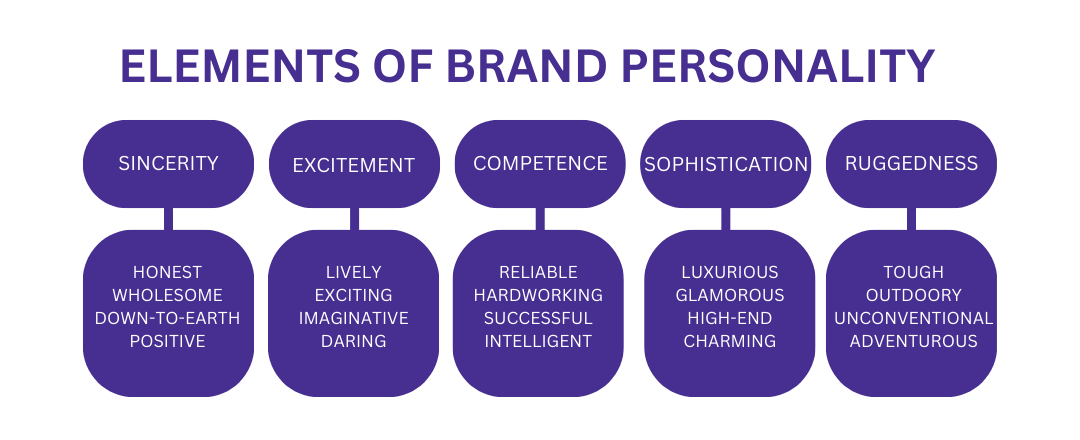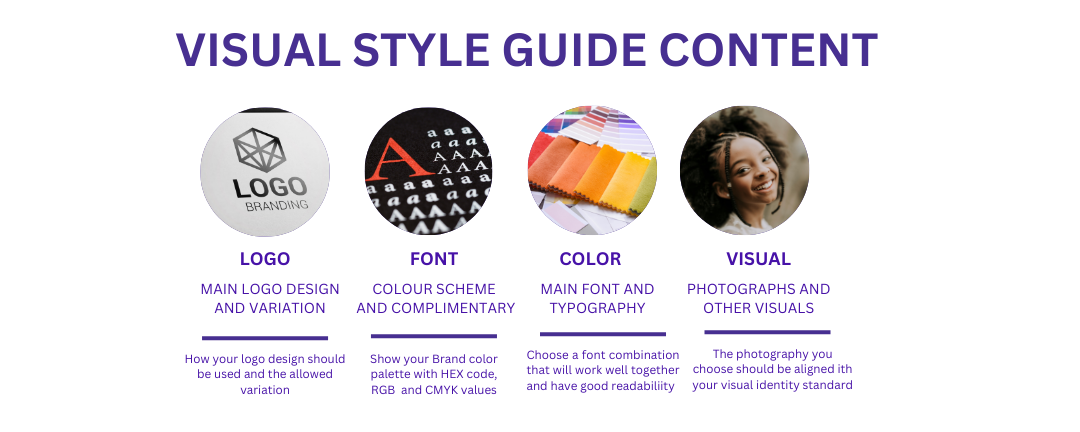
“Creating a brand is like solving a puzzle – it can be challenging, but once you figure it out, the pieces fall into place.”- Anonymous.
Isn’t that a real struggle to know what works well as your Brand Identity? When you start to build a brand, the most important things you can do is establish a consistent and recognizable style. Creating a logo, visual presentation, or a complete brand theme can be a hustle at the initial stage. Note that the brand style should be unique and memorable, setting your firm apart from the competitors and making a lasting impression on the target audience. So, let’s first understand what brand identity means to us.
WHAT IS BRAND IDENTITY?
Brand identity is the set of characteristics that defines a brand and makes it unique, including its name, logo, colors, presentation, and overall personality. It’s an approach to how a brand presents itself to the world and shapes how clients perceive and interact with it. A strong brand identity helps to establish a sense of trust and familiarity with clients, and it can differentiate a brand from its competitors in a crowded marketplace.
HOW DOES THAT HELP?
Pick a Right Name & Personality
A well-crafted brand identity is an essential factor of any successful Law Firm. The main takeaways from strong branding are:
• Standing Out: By creating a distinct and easily recognizable visual and verbal identity, you can set your firm apart from competitors and showcase what makes you unique.
• Building Trust: A consistent brand identity can create trust and credibility among clients, signaling professionalism and a keen focus on quality.
• Enhancing Recognition: It fosters familiarity and recognition among your target audience, fostering greater brand loyalty and customer retention.
• Unifying Your Message: Maintaining a cohesive and consistent message across all your marketing channels improves the impact of your marketing initiatives, ensuring a seamless and impactful brand experience for your audience.
In this quick style guide, we’ll share tips on creating a brand style that stands out.
1. Identify Your Brand Personality

Before you start creating a style guide defining your brand personality is crucial. Consider the traits that best describe your brand, such as sincerity, excitement, competence, sophistication, or ruggedness. A brand personality will help you determine the tone, voice, and visuals that best represent your brand.
2. The Right Picks of Colors

Colour is an essential element of your brand style. Your colour palette should be consistent across all marketing materials, including your logo, website, social media, and packaging. Pick the right colours that reflect your brand personality and resonate with your target audience. A Tip – Use three to four colours to avoid overwhelming your audience.
3. Create Your Logo

A logo is the face of a brand. It’s often the first thing people will see when encountering your firm. Creating a memorable and unique logo reflecting your brand personality and values is essential. Create a scalable logo that looks great on everything from a business card to a billboard.
4. Maintain Your Typography

Typography is another crucial element of your brand style. It sets the tone and personality of your brand, and you should choose legible fonts that align with your brand personality. Limiting the font choices between two or three typefaces ensures consistency across all marketing materials.
5. Developing a Visual Style

Your visual style includes the use of photography, illustrations, and graphics. It should reflect your brand personality and align with your color palette and typography. Be consistent with your use of visuals to create a recognizable and cohesive brand style.
EFFECTIVE STRATEGIES FOR BUILDING A STRONG BRAND IDENTITY
1. Being Authentic: Your brand identity should reflect your valid values and personality. Don’t reflect something you’re not. Instead, be true to your brand’s core values and beliefs.
2. Open to Adapt: While consistency is important, your brand identity should also be flexible enough to adapt to changing trends and consumer needs. Feel Free to make adjustments to your brand identity as needed.
3. Be a Storyteller: Storytelling creates a deeper connection with the audience. Share your stories about the brand’s history, values, latest works, and purpose to build trust and loyalty.
4. Keep it Easy: Your brand identity should be memorable and easy to recognize. Use unique visual elements and messaging to create a distinct brand identity that stands out in your market.
5. Follow Trial and Error: Be bold and test different brand identity elements to see what works best. Use data and feedback from your audience to refine your brand identity over time.
Crafting a brand that stands out takes time, effort, and attention to detail. By creating the foundation by brand personality, choosing your colours, creating a logo, defining typography, and developing your visual style, you can create a brand style that is unique and memorable. With a consistent and recognizable brand style, you can differentiate your business, build brand loyalty, and make a lasting impression on your target audience. I hope this helps you to explore your creativity for success.








